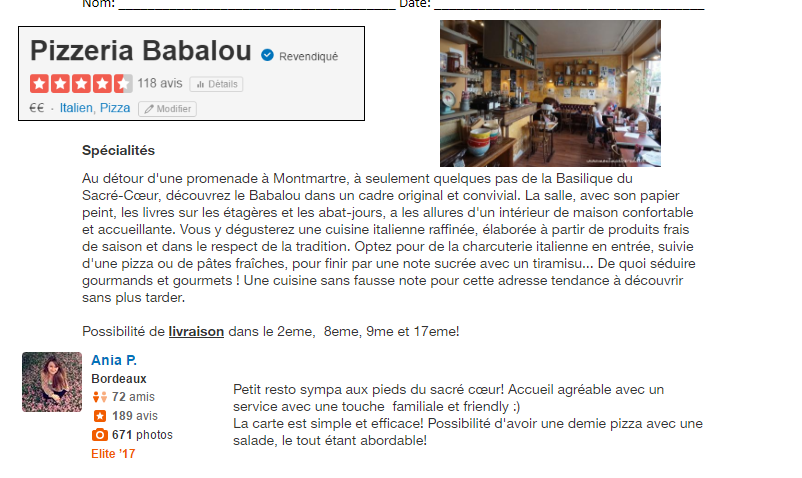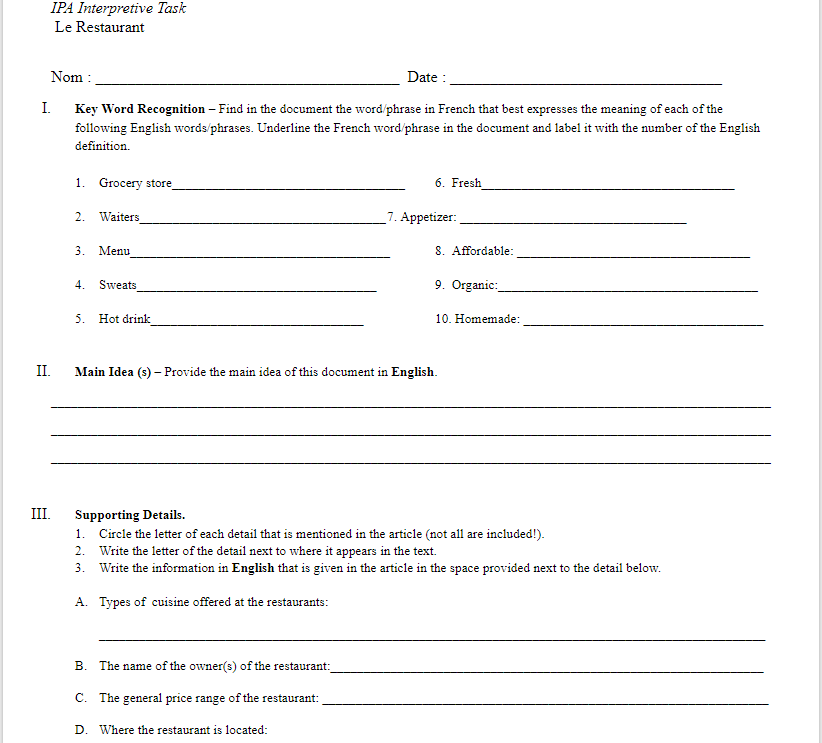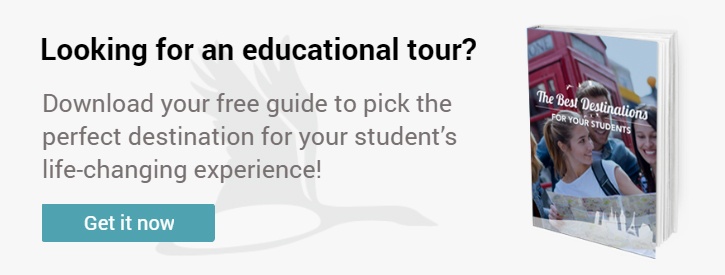It’s summer vacation-at last!
As we close up our classrooms and trade textbooks for t-shirts, teachers everywhere prepare to embark on their own, well-deserved summer adventures.
If travel is involved, chances are many of us will consult the myriad of travel review websites out there before planning our trips. Written by real travelers, these reviews are quick and easy to read and offer helpful, personal advice on a variety of topics, from best local restaurants to must-see attractions and favorite hotels.
While travel reviews are helpful tools in our own lives, they can also serve as invaluable resources for creating authentic and engaging language activities in the classroom. So, though it may be summer vacation, the next time you find yourself browsing travel reviews don’t forget to grab your lesson planner! For practical classroom applications and sample activities, keep reading!
Using Travel Reviews in the Classroom
As world language teachers, we are on an eternal quest to find and use more authentic resources in our classrooms. By definition, an authentic resource should be written by a native speaker for a native speaker and serve a genuine purpose (ex. giving travel advice).
Reviews taken from global versions of websites such a Trip Advisor (ex. Trip Advisor France) are treasure troves of FREE authentic texts which can be integrated into a variety of teaching activities. What’s more, by using travel reviews, students are not only exposed to the target language in a real-life context but are also given the opportunity to learn about new cultures and become curious about travel.
Integrated content lessons could include using reviews of historic sites, reviews of restaurants or reviews of cultural attractions.
Example activities:
- Gallery walk: Hang various reviews around the classroom. Students will circulate the room looking for specific information and/or answering prepared comprehension/vocabulary questions
- Debate: Students will read reviews comparing two different places and develop arguments to debate which place would be better to visit for X reason
- Written reflection: Students will use reviews to practice writing-tasks could include writing categorized vocabulary lists (ex. adjectives vs. verbs found in the review), students could practice simple sentence forms such as “I prefer ________ because _______”, or for more advanced students, practice argumentative and descriptive writing (example prompt: which place would you rather visit and why? Use details from the text to support your answer”)
- Opening/closing activity: Use one review per day as a quick opening/closing activity (exit ticket). Students can be asked simple comprehension/reflection questions such as What activities can you do at X? List 3 reasons why you would/wouldn’t want to go to X. List 5 cognates from the review etc.
- Vocabulary building: Ask students to circle/underline all verbs/adjectives/cognates (etc.) in the review. Ask students to find and look up 5 new vocab words to create a class word wall. Ask students what they notice about the review (noticing hypothesis). Ask students to analyze vocabulary: ex. do they think this is a positive or negative review? What words from the review make them think this?
Travel Reviews as Assessments
Another benefit? Using target language travel reviews is a great way to create Standards-Based Integrated Performance Assessments (IPA) in accordance with the ACTFL standards. For example, when planning a unit on food and restaurants, the IPA interpretive assessment could include reading and analysing authentic restaurant reviews. See below for an example French assessment using restaurant reviews taken from Yelp France (wwww.yelp.fr):
Small excerpt of the reading assessment using reviews taken from Yelp France:

Excerpt of the question sheet for the IPA interpretive reading assessment:

Conclusion:
As a quick recap, here are some of the main reasons travel reviews can be helpful in the classroom:
- They are authentic resources and expose students to text written by native speakers for a real-life purpose
- They are free and easy to obtain and can be inserted into a variety of learning activities
- They are generally short and easy to read, making them a great resource for any language level
- They can be integrated into IPA’s (Integrated Performance Assessments)
- They expose students to language and culture all in one
- They make students curious and excited about international travel!
****
Like this article? For more on using authentic resources in the language classroom, read here.


